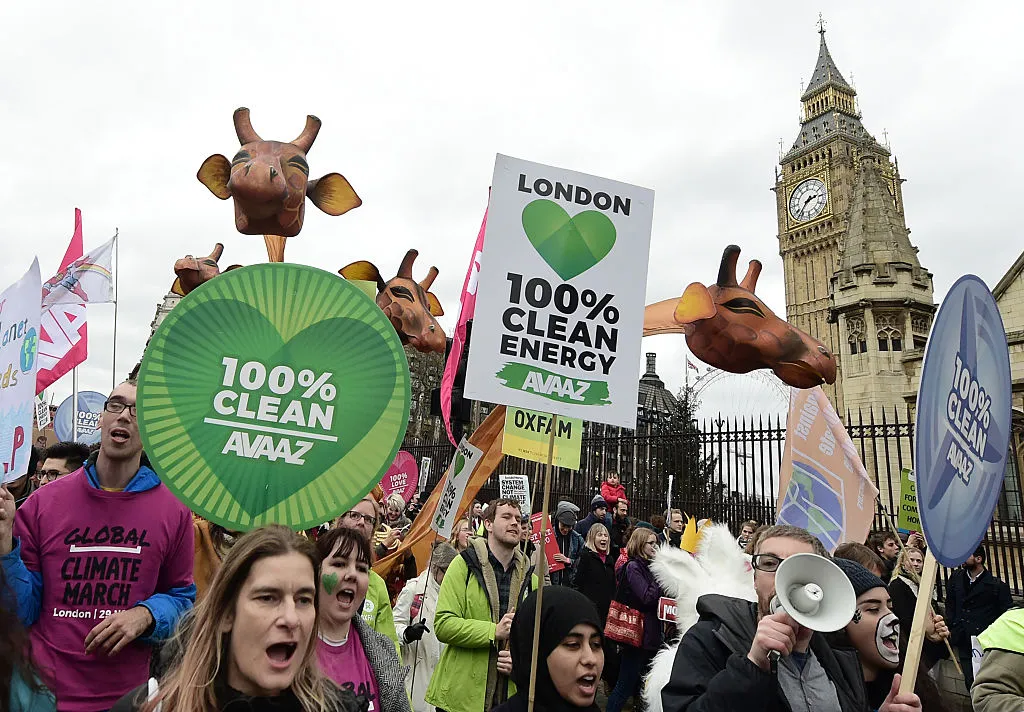What’s the situation with energy prices?
With the rise in the energy price cap in April, many people could see the cost of heating rise double to unprecedented levels. The Energy Saving Trust has found that energy bills could rise in 2022 for a typical three-bedroom, gas-heated home, to £1,360.
Advocates of green energy say this is the time to further promote renewables and so shield us from global fossil fuel prices; that the only forward is to become energy-independent and price-independent as we can make all of the energy we need from the wind, sun and sea. In contrast, 20 MPs have written to Prime Minister Boris Johnson demanding that the Government cut taxes on fuel bills and arguing that we need new exploration of the North Sea and the return of fracking. A 2019 European Commission report found the UK effectively provided £10.5bn in subsidies to oil and gas through mechanisms such as lower VAT rates.
Why do high international gas prices affect the cost of renewables?
Essentially, gas sets the price for all consumers, whatever the source of the energy they use. This means consumers currently have little choice but to pay 3 to 4 times the cost of generating electricity from wind or solar.
“Energy pricing in this country is a bizarre controlled market,” says Dr Simon Pickering, principal ecologist at Ecotricity, the green energy company. “The problem is that when 40% of the electricity market comes from gas, a 250% increase in gas prices skews everything upwards, as all the energy on the grid gets bundled together.
“The only people who are not affected by this are farmers, land-owners or small business parks who have on-site generation from their own wind turbines at a fixed low price.”
How can I save money?
There’s no getting away from it, everyone is going to feel the pinch. However, a series of marginal savings may, collectively, make things less painful. The Energy Savings Trust has suggested 12 key steps we can all take to try and take the edge of the eye-watering price increases. Turning lights off when leaving the room will only save £14 a year (this may seem like peanuts when faced with a bill of £1,300) but turning televisions and other electronic devices off can save a further £40 and limiting your shower to 4 minutes can save £40.
What does this mean for rural households?
The concerns of rural communities are often even greater as homes in rural areas are typically less energy efficient and can be more reliant on more expensive heating fuels.
A staggering 54.5% of rural households are off the gas grid, compared to just 8.6% of urban properties. Up to 200,000 people in England depend on oil-fired heating and fixed monopoly contracts that offer little opportunity to swap to a more competitive supplier.
In Scotland, more than 350,000 people, mainly in the highlands and islands, are beyond the reach of the gas grid. In both nations, such properties are also generally older and harder to make more energy efficient. According to Savills, which has a strong interest in rural properties, 82% of properties in hamlets are rated F, E or D for energy efficiency. Savills describes the future energy efficiency challenge for rural homes as ‘glaringly apparent’.
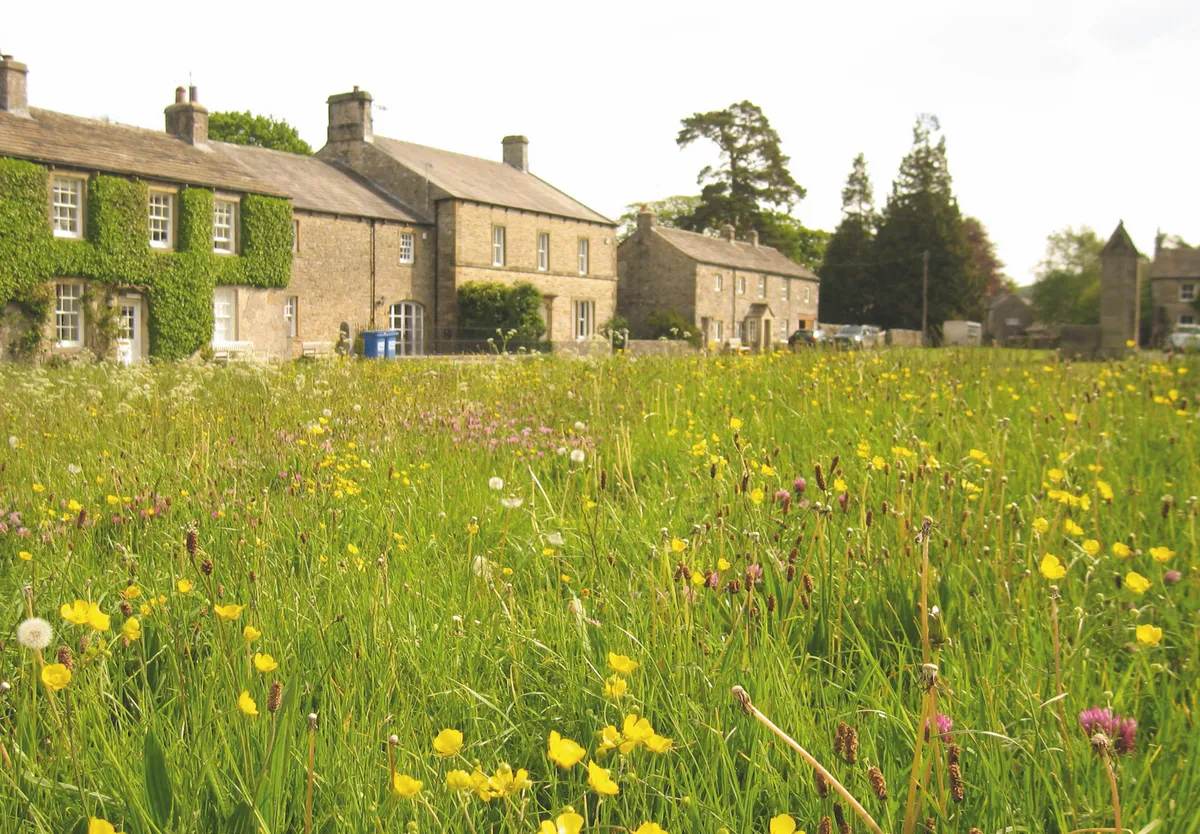
Fuel poverty in rural areas
The Rural Services Network says that the typical rural household now faces an extra £404 on their annual fuel bills. According to DEFRA, however, average earnings for those living in rural areas is higher than for those living in urban areas, though it acknowledges that average earnings are lower for those working in rural areas. In 2019, 18.2% of households using off-grid energy were classified as ‘fuel poor’, compared to 12.7% on the gas grid.
DEFRA defines fuel poverty as ‘where a household is living in a property with a fuel poverty energy efficiency rating of band D or below in a home that cannot be kept warm at reasonable cost without bringing their residual income below the poverty threshold.’
According to DEFRA, there were 3.2 million fuel-poor households in England in 2019. Historically fuel poverty was proportionately more prevalent in rural areas. However since 2017, urban areas have had the greater proportion of fuel-poor households.
The average fuel poverty gap for households that were fuel-poor in 2019 was £216. However, the average fuel poverty gap for fuel-poor households in rural villages, hamlets and isolated dwellings was £585.
The pressures facing rural communities will impact everyone, as cafes, attractions and accommodation will face little choice but to pass on at least some of their increased energy costs to visitors.
What can be done to address fuel poverty?
‘The key is to insulate, insulate, insulate,’ says Pickering. ‘It’s a good business decision as you will get a return on the upfront costs straight away in the form of drastically lower energy bills. If you spend £20,000 on a new kitchen you’re not expecting a financial return, you’re expecting a nice kitchen. With insulation, the same outlay will provide a return straight away. The problem is that for those in fuel poverty this is not an option, it’s no use, you don’t have the upfront cash.’
One funding stream, little advertised, is that many building societies will add a loan for insulation onto an existing mortgage. Rural communities often establish community wind or solar schemes but their scope is limited because the grid capacity outside cities is severely constrained.
How much renewable energy does the UK use?
A landmark step came when renewables had already provided more power for electricity generation than fossil fuels in the first five months of 2019. In May that year, the UK went for two weeks without using any electricity generated by fossil fuels and generated record levels of solar power for two consecutive days, powering over a quarter of the country’s daily electricity consumption.
Wind farms provide the highest percentage (52%) of renewable energy, with new offshore wind farms adding to the creation of renewable energy in recent years. Biomass fuel (32%) and solar panels (12%) also make a significant contribution to renewable energy generation.
Why are renewables doing so well?
Two key factors have driven the growth in renewable energy sources: awareness of climate change and economics.
“There has been a general recognition, an emotional engagement with climate change. People realise this is about what will happen to their children,” says Pickering. “There is also the commercial reality. The price of onshore wind and solar has dropped and wind farms are cheaper to build than a gas or coal-fired power station. Wind farms have been around for 20 years; we know the technology works and isn’t going to break down – that gives people confidence to invest,” he says.
Also, investors and shareholders are increasingly pressurising companies to reduce investment in fossil fuels. “If you have an asset that might be stranded or goes kaput in 20 years’ time, it gives you something to think about,” says Pickering.
Pickering expects one of the ramifications of the current price surge to be that larger companies seek to become more self-sufficient and generate electricity on site and use storage batteries.
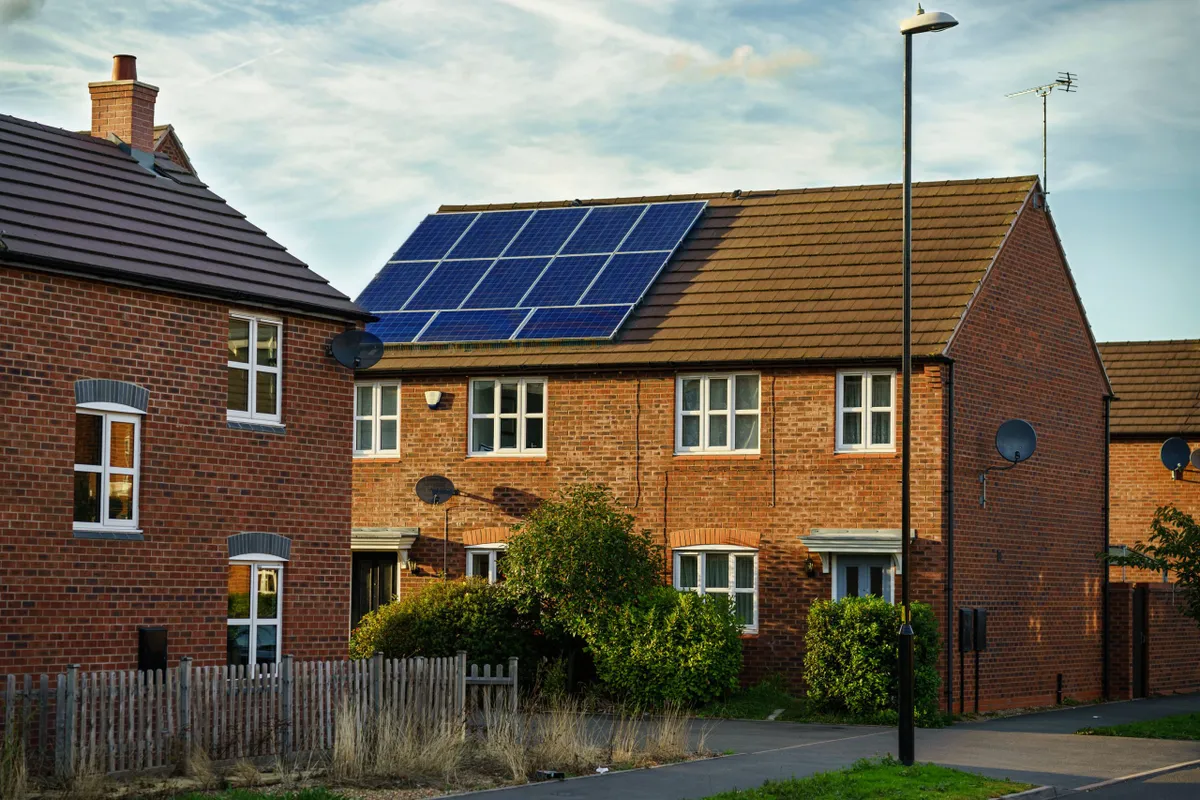
What are the sources of energy generation (excluding biomass) in the UK?
In the past 10 years, electricity generated from wind has increased from 1.3% of the total to 18.8%, while coal has dropped from 30.4% to 1.8% in 2021.
2009
- 8% Zero carbon
- 6% Coal and gas
2019
- 9% Zero carbon
- 6% Coal and gas
2021
Official data has not yet been confirmed but the proportions throughout 2021 shifted slightly around the following figures:
2% Coal; 38% Gas; 14% Nuclear; 2% Hydro (natural flow); 9% Onshore wind; 11% Offshore Wind; 4% Solar; 11% Bioenergy.
The remainder is made up of other fuels, including 8% net imports.
From 1 October 2024, the UK will no longer use coal to generate electricity.
Energy stats
- £92.50 per megawatt hour is the price the Government has committed to pay (for the next 35 years) for power from Hinkley Point C nuclear power station in Somerset.
- £41.61 per megawatt hour is the cost of power from offshore wind farms.
How have offshore wind farms grown?
Offshore wind farms have been the key driver in the UK’s push for renewables. Prices for electricity generated by offshore wind are now so low that the Government says they no longer need to be subsidised. The world’s largest windfarm will start operating in 2023 in the North Sea. Located on Dogger Bank, the farm will feature turbines that reach 220m in height and have blades 100m long. Collectively, these will generate enough electricity to power 4.5 million homes. This will surpass the current largest offshore wind farm, off Walney Island in Cumbria, which covers an area of 145km2, has 189 turbines and powers 600,000 homes.
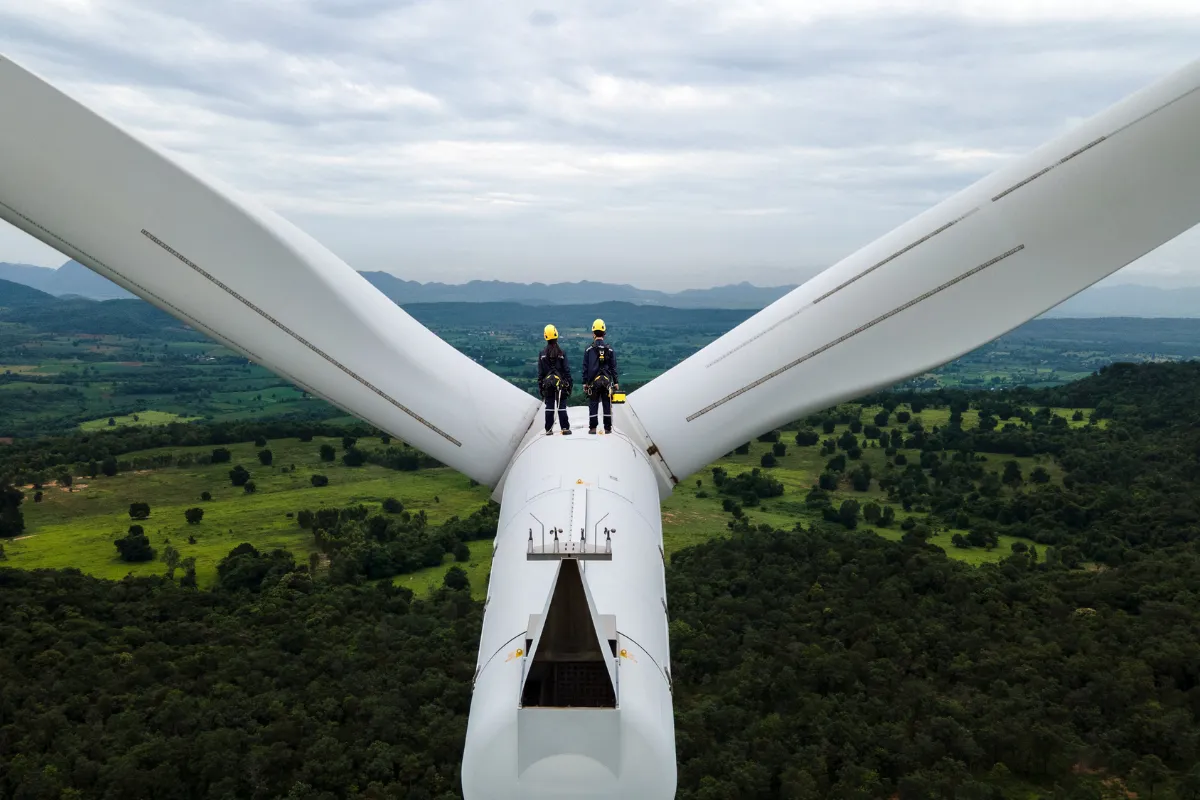
What subsidies are there now for renewables?
The Renewables Obligation was introduced in 2002 and typically added 8%–9% to household energy bills. The intention was to force energy companies to source a larger proportion of their energy from green sources; companies passed on this cost to the consumer and usually made this clear on energy bills and statements. In recent years, this has been superseded by feed-in tariffs.
Offshore wind and solar power no longer receive public subsidies. A Renewable Heat Incentive to support domestic ground- and air-source heat pumps closed in 2021. “It’s still hard for individuals and community groups to make money from renewables,” says Anthony Kyriakides, Energy Saving Trust’s head of renewables. “While you save on heating costs, the installation costs can take 20 years to recover. The numbers are still quite tight.”
If subsidies are withdrawn for more forms of renewable energy, then lower-income households may face difficulty. You have to make sure that people who cannot afford to pay more are not disadvantaged.
Anthony Kyriakides, Energy Saving Trust
What about other energy?
Renewables are only the dominant energy source in electricity generation. In 2018, overall, they accounted for around 11% of the UK’s total energy consumption (under the 2009 EU Renewable Directive, the UK is committed to a target of 15%), though this represents an increase from 9.9% in 2017. According to the Digest of UK Energy Statistics 2019, renewables represented just 7.3% of heat and just 6.2% of transport energy (transport accounts for around 27% of all UK greenhouse gas emissions). In the first quarter of 2019, oil production rose by 9% year on year. “Decarbonisation of heat is the biggest challenge,” says Pickering.
If fossil-fuel use for heat is cut to 20% of existing levels, Pickering and others believe this demand could be met from methane, from sources such as food waste. Ecotricity is developing an anaerobic digestion plant near Reading in Berkshire which will produce gas for energy from silage.
A government policy in the autumn of 2021 outlined grand plans for air and ground-source heat pumps. But these will only apply to new buildings and are probably irrelevant to the majority of rural houses. Caroline Lucas recently described adding an air source heat pump to a badly insulated building was like “pouring water in a leaky teapot”.
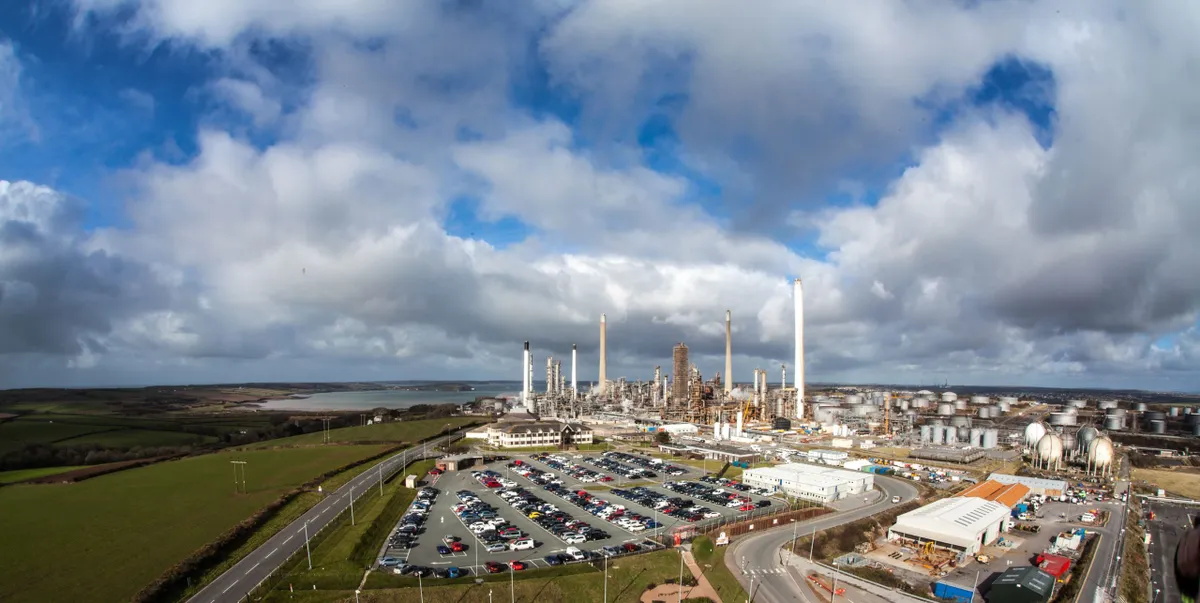
Is this the end of fracking in the UK?
The Government halted fracking, or hydraulic fracturing, in 2019, in the wake of a damning report by the Oil and Gas Authority. The report said it was not possible to predict the magnitude of earthquakes that fracking could trigger.
Fracking was promoted, controversially, as a game changer for UK energy production. The practice of recovering shale gas from bedrock would, said advocates, reduce the UK’s dependence on overseas imports of fossil fuels. However, a National Audit Office report doubted whether fracking could produce gas in meaningful quantities. Public opinion also remains hostile. The company Cuadrilla has ‘demobilised’ a site in Lancashire where drilling triggered a 2.9-magnitude tremor in 2019.
How solar can produce energy and food
Solar farms have the potential to produce both energy and food. In central European countries, where summer temperatures tend to be hotter, solar panels on ‘stilts’ provide valuable shade for heat-sensitive horticultural crops. In the UK, grazing sheep in between solar panels can prevent fields being designated as brownfield, which leaves them open to housing development. There are currently 454 solar photovoltaic installations rated at 5 MW or more registered in the UK (BEIS as of November 2021) with a combined installed capacity of 5,927 MW.
What is climate change and how does it affect the UK?
Extremes of weather, flooding and coastal erosion have all affected the UK countryside in recent years. Our guide explains what climate change is and how it affects British food production, wildlife and the countryside, plus how you can help.
Read our guide to climate change and how it affects the UK
